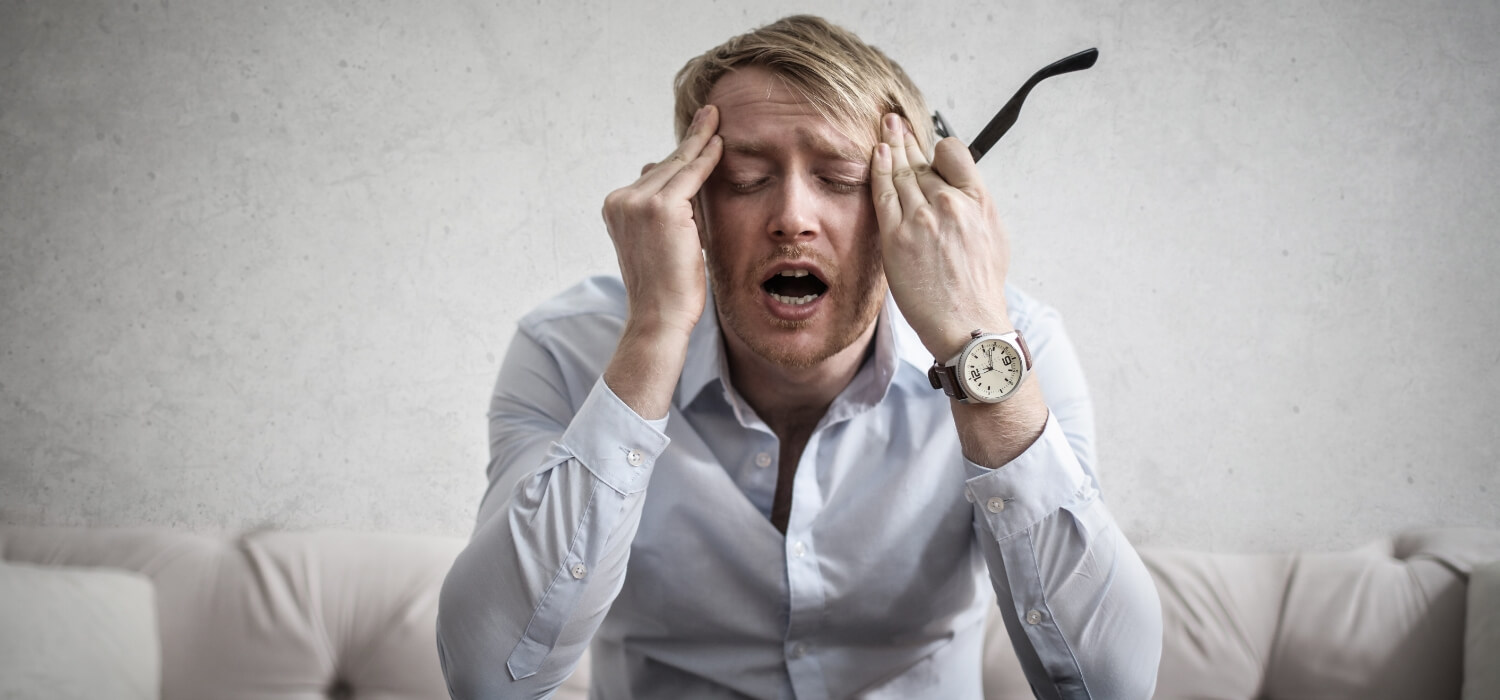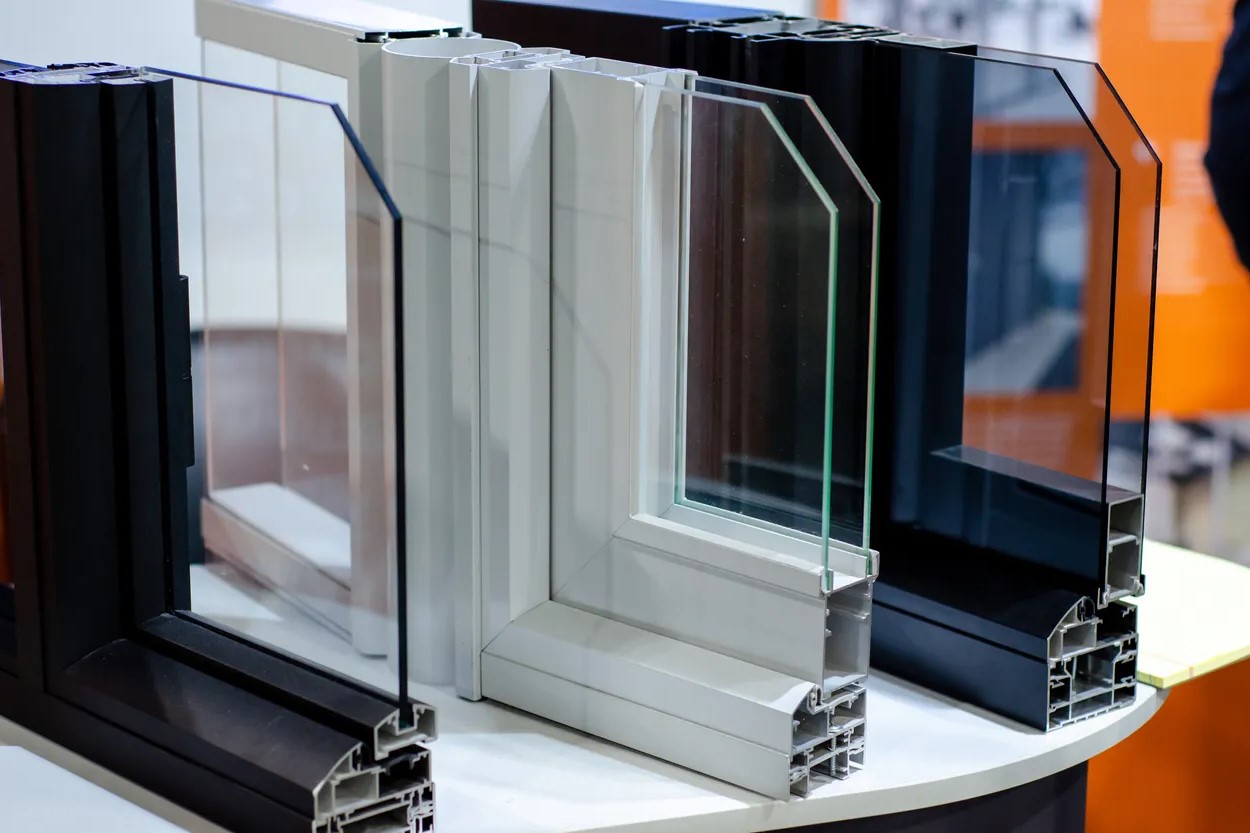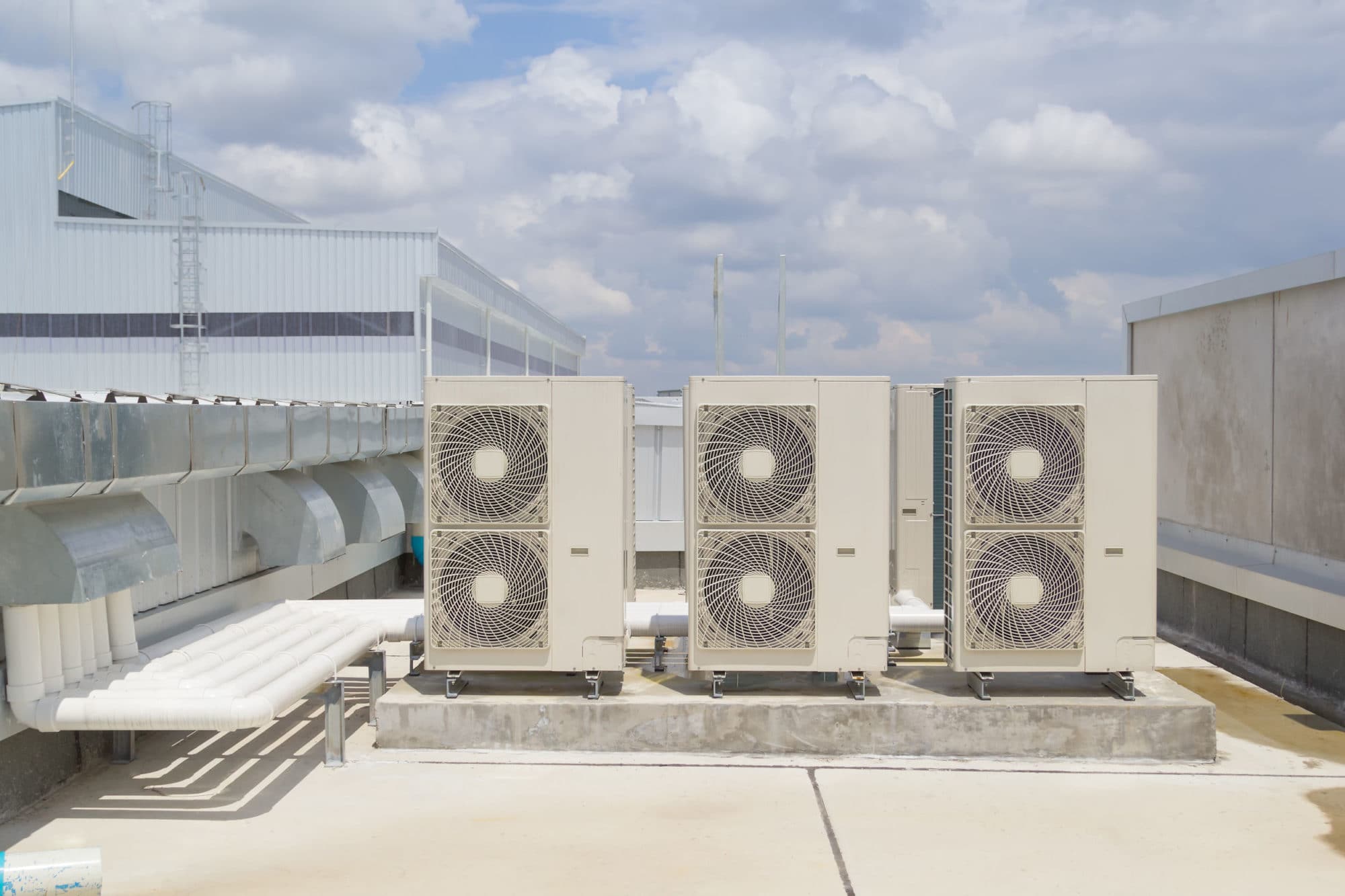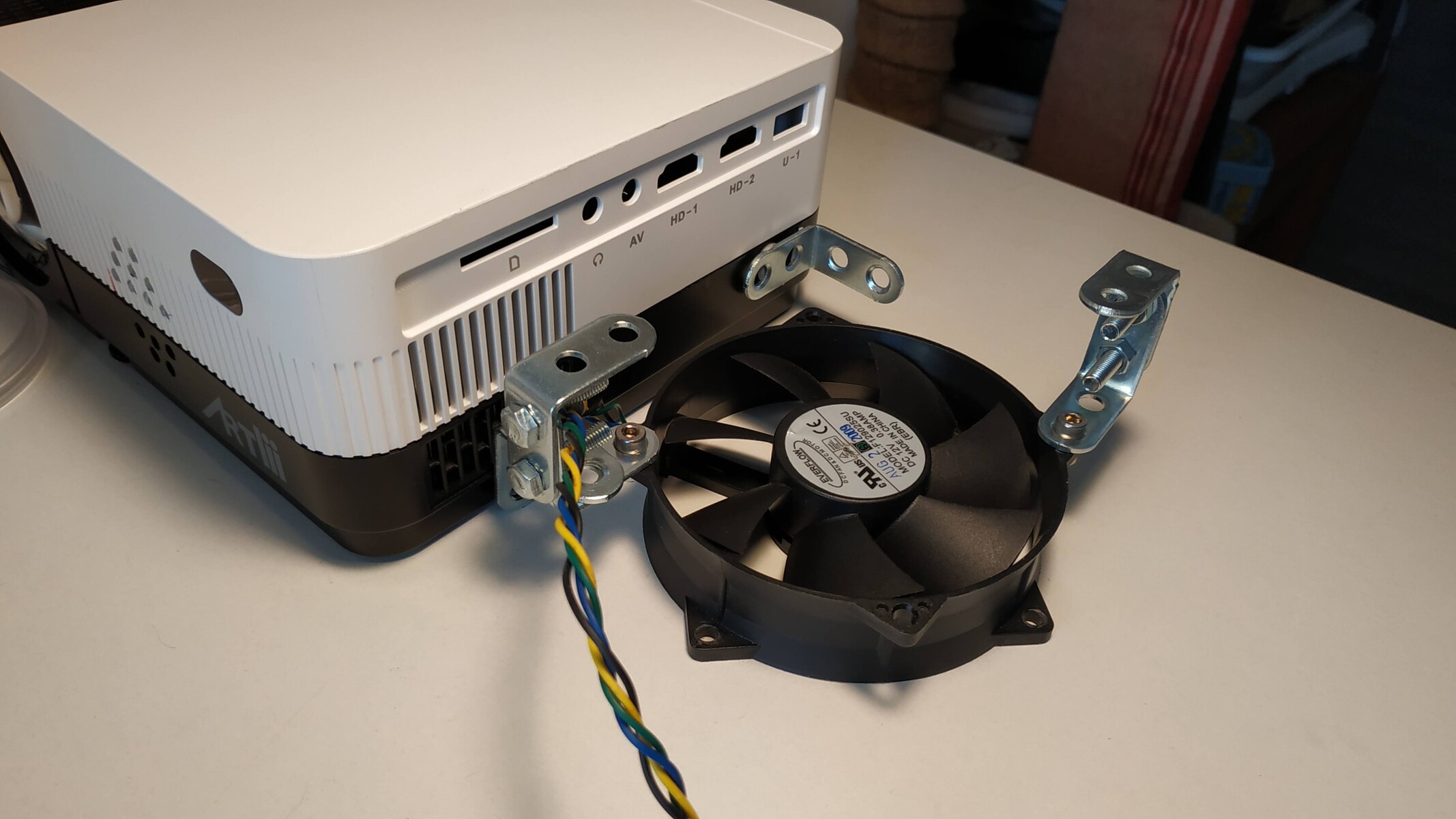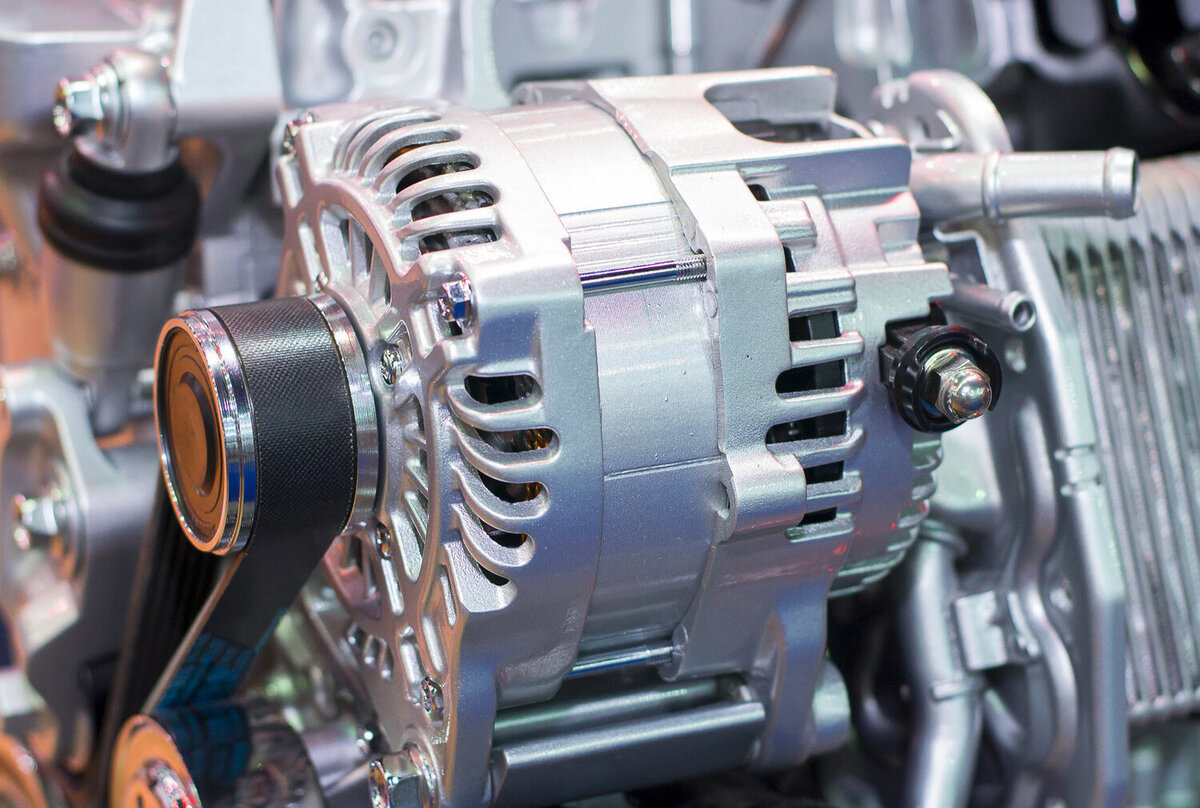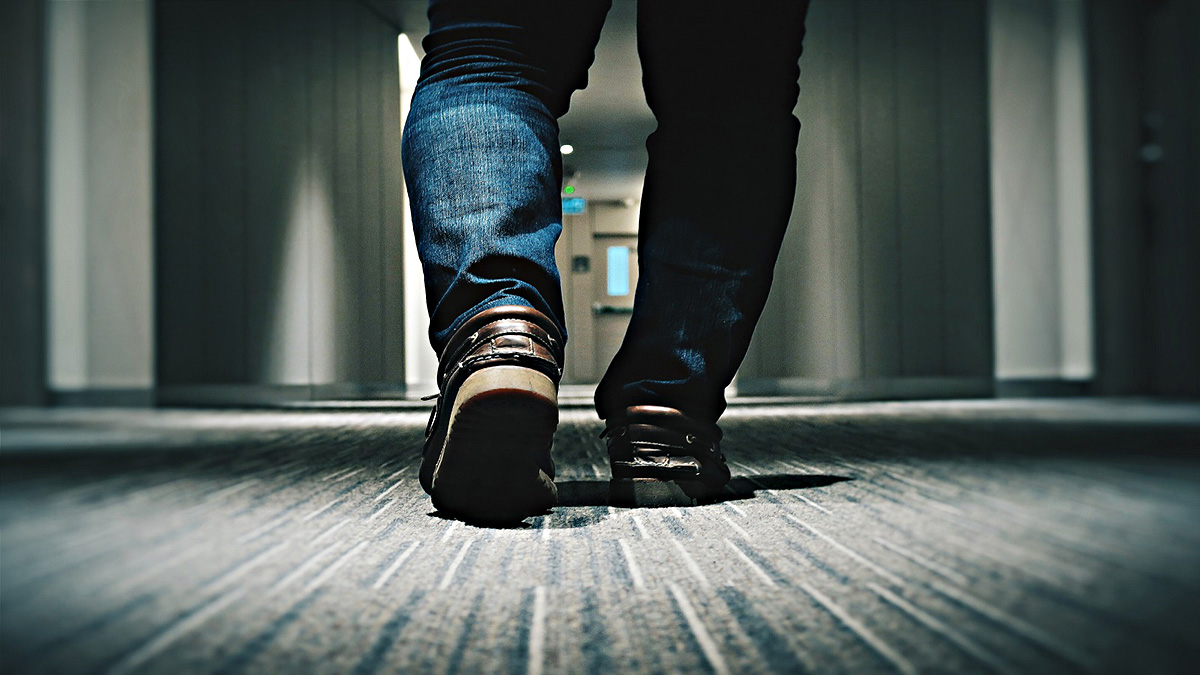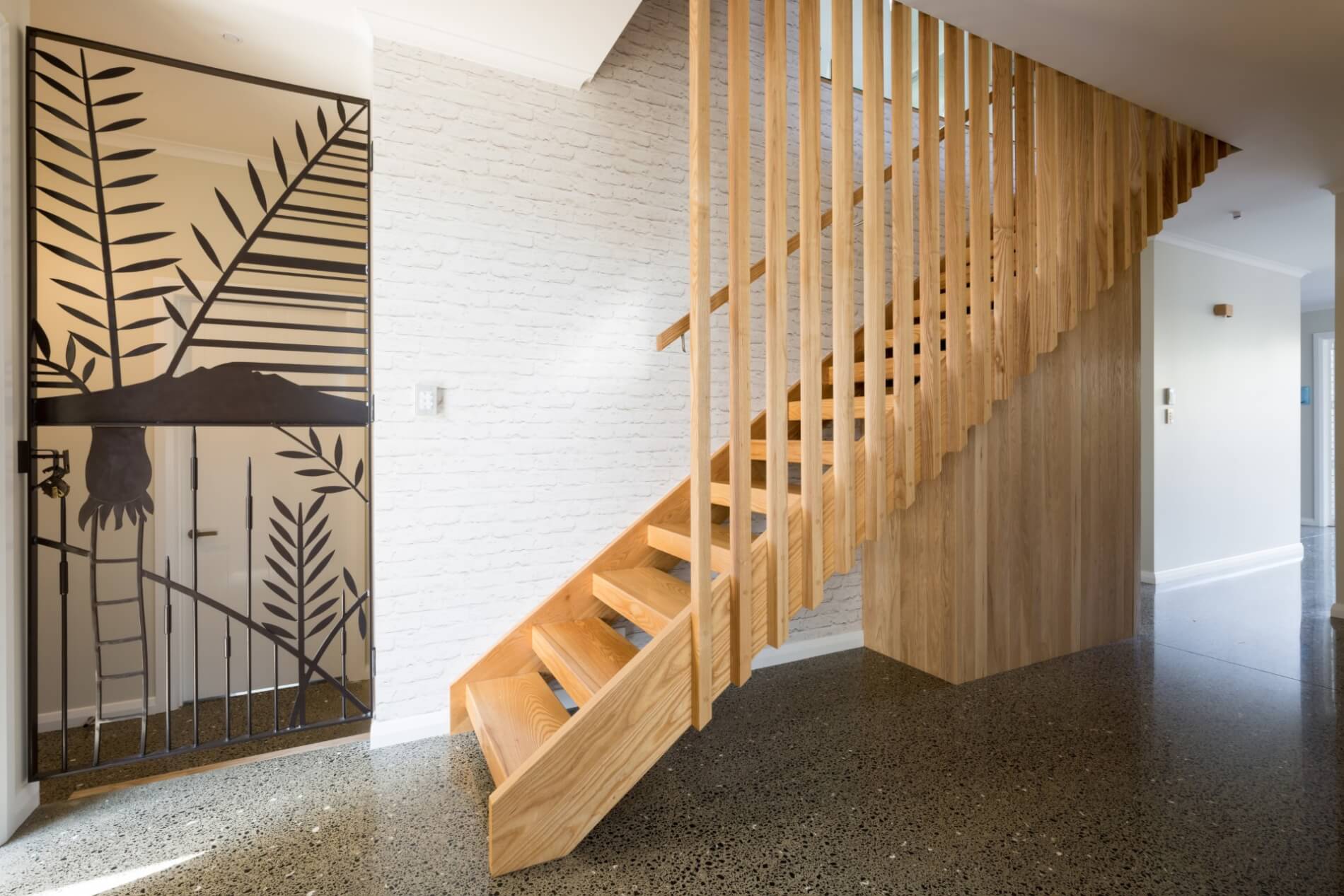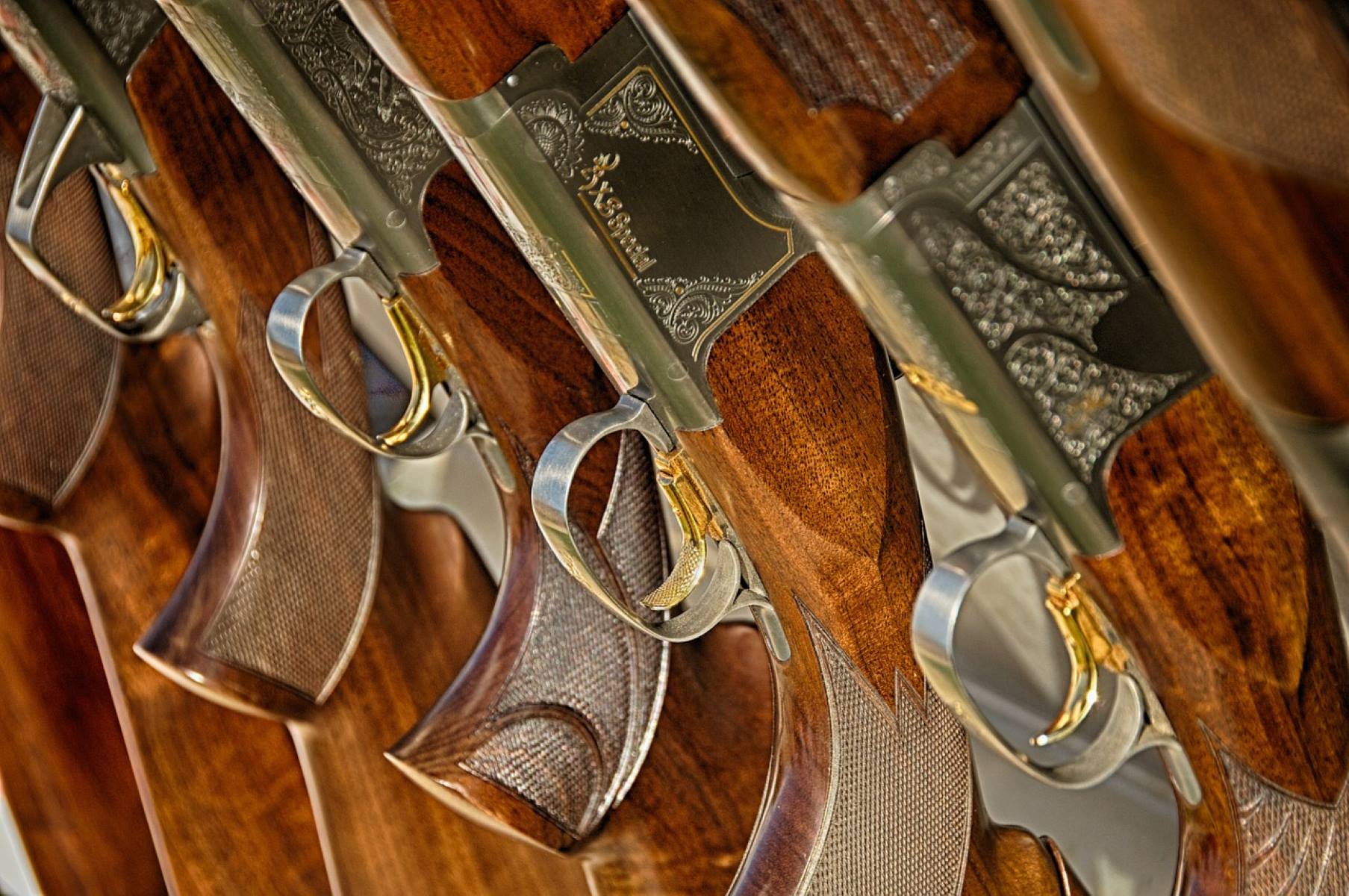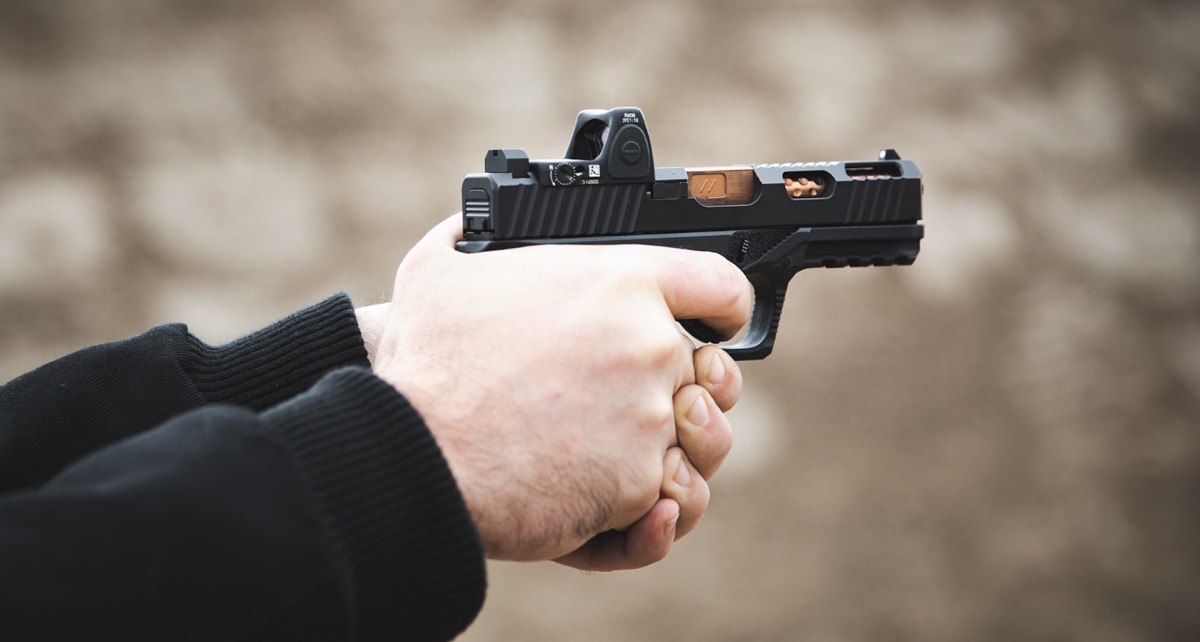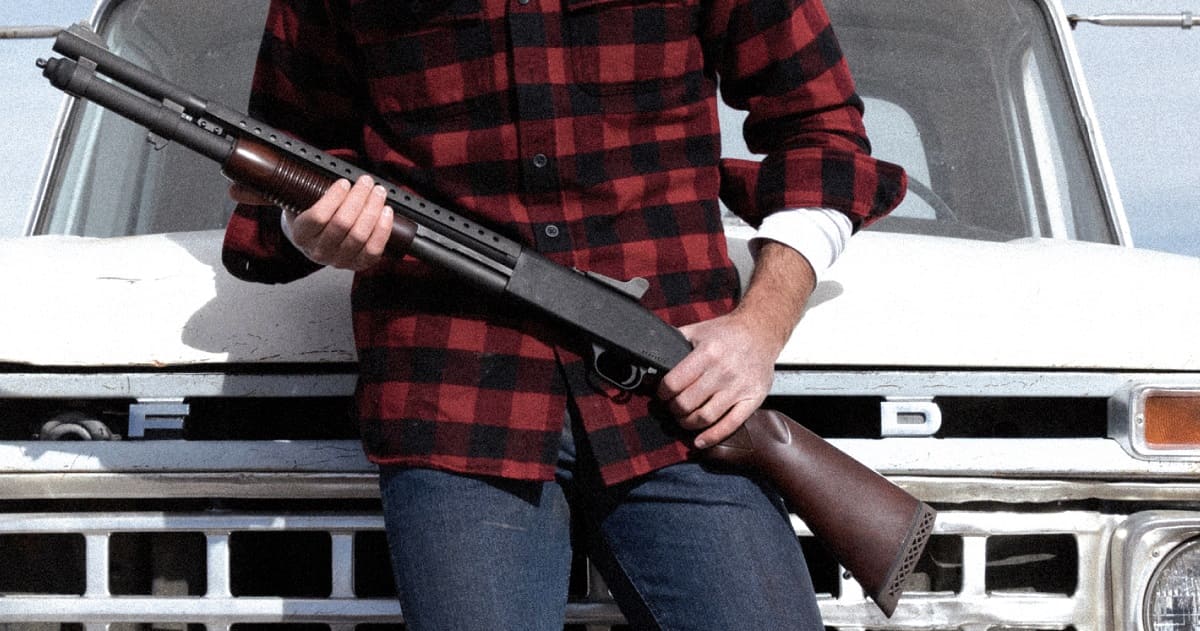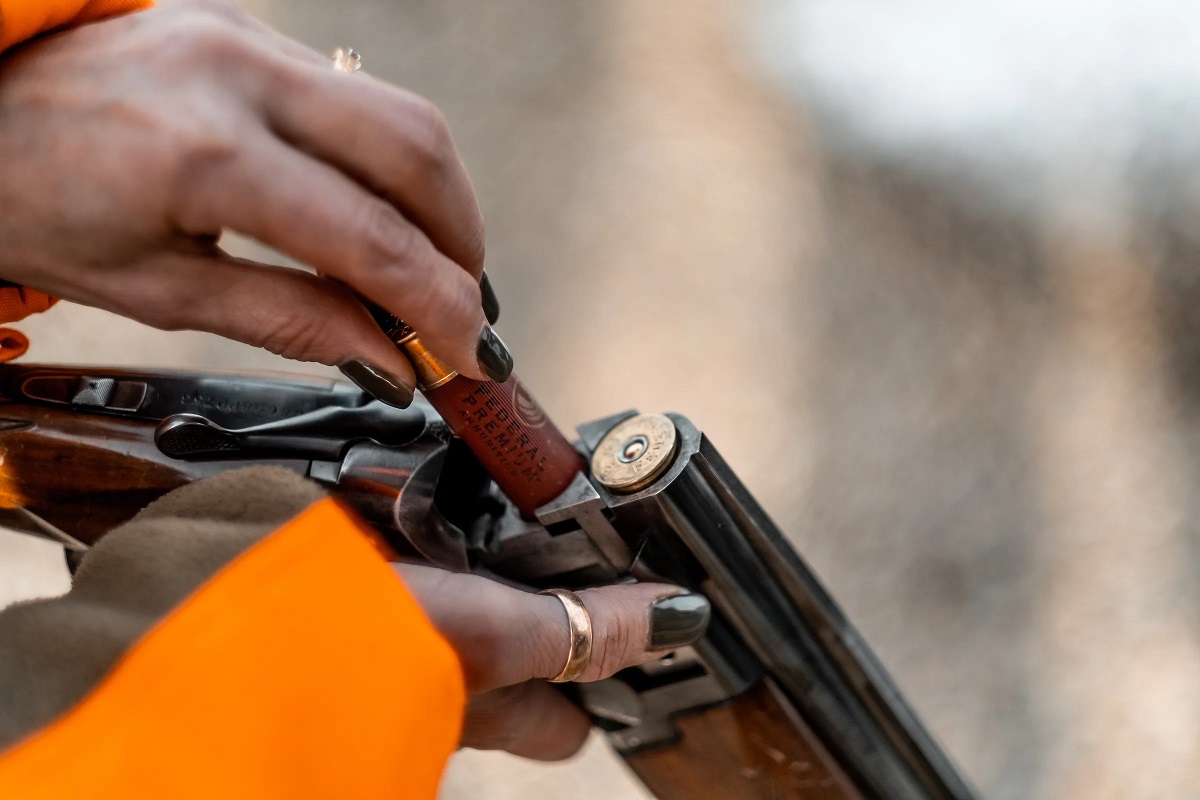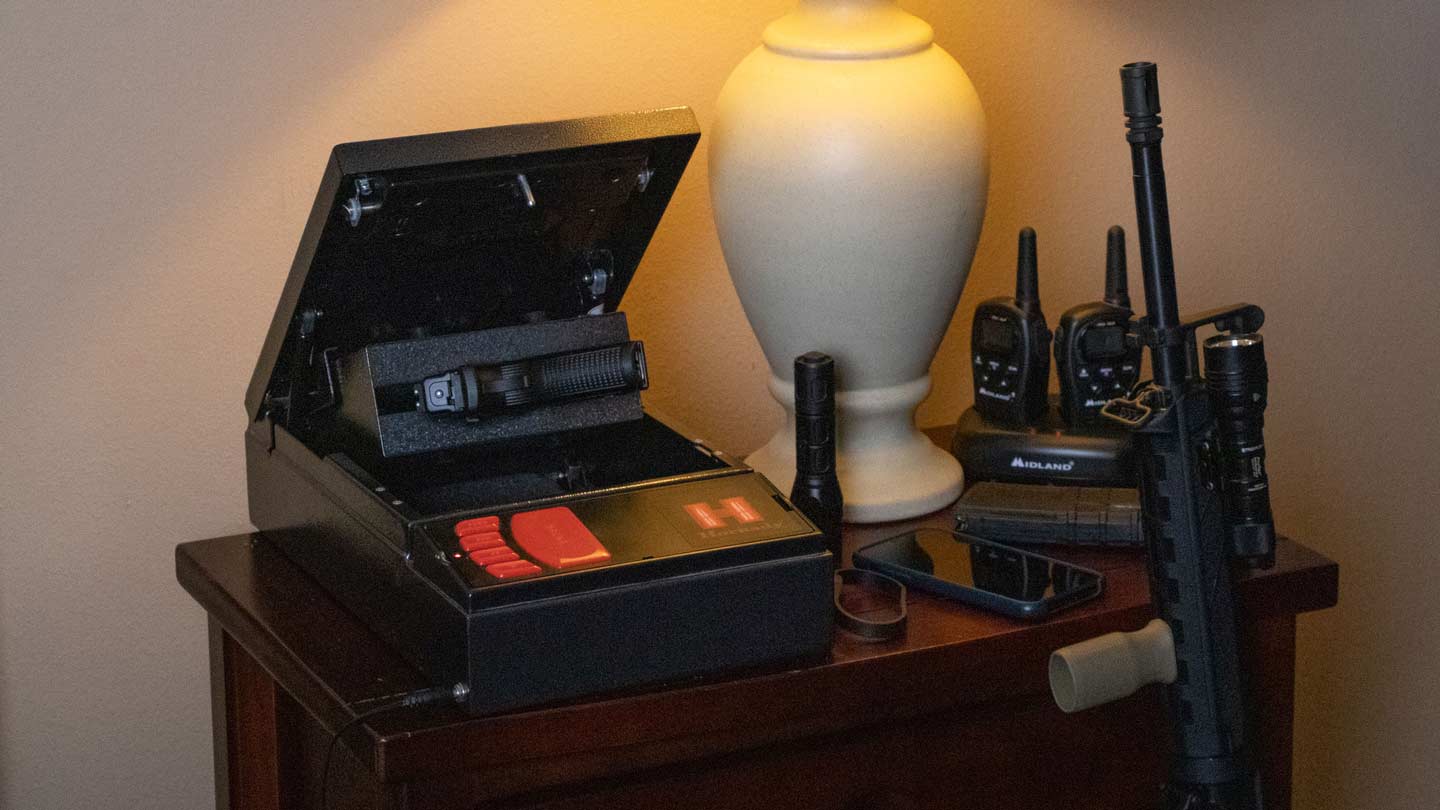Home>Home Security and Surveillance>How To Reduce Noise For Home Defense Rifle
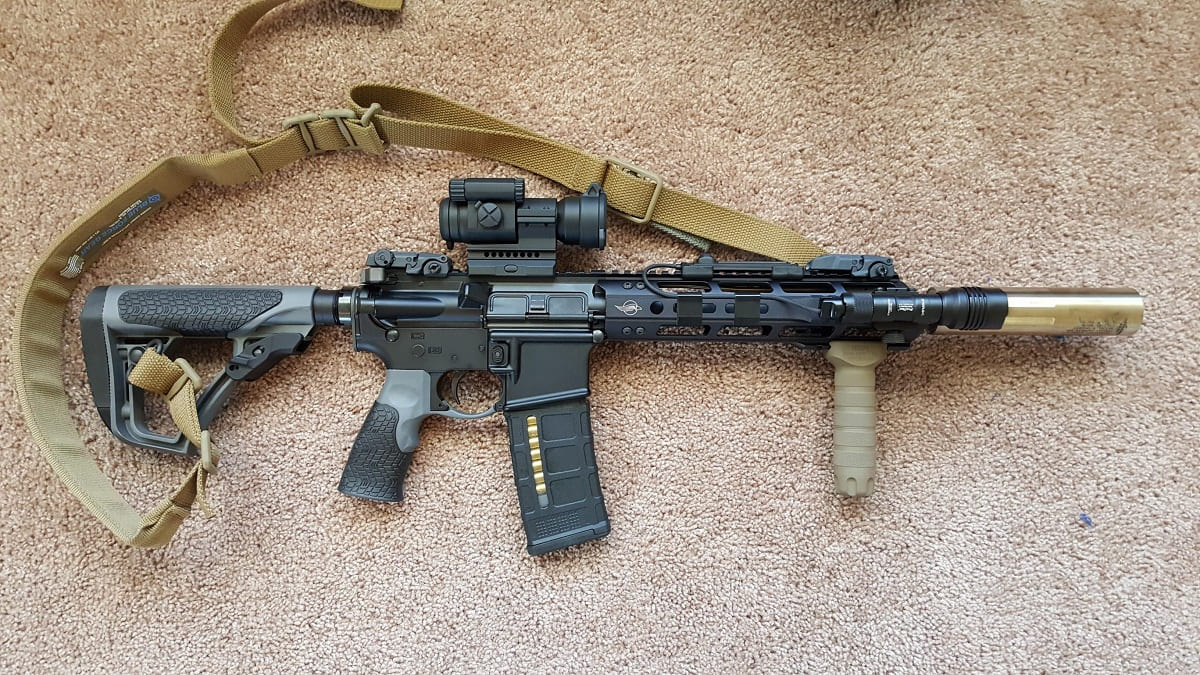

Home Security and Surveillance
How To Reduce Noise For Home Defense Rifle
Modified: March 6, 2024
Looking to improve your home security and surveillance? Learn how to reduce noise for your home defense rifle and protect your loved ones effectively.
(Many of the links in this article redirect to a specific reviewed product. Your purchase of these products through affiliate links helps to generate commission for Storables.com, at no extra cost. Learn more)
Introduction
Welcome to our comprehensive guide on reducing noise for home defense rifles. When it comes to protecting your home and loved ones, a reliable and effective firearm is essential. However, the loud noise generated by firing a rifle can be a significant concern, potentially alerting intruders to your presence or causing unnecessary distress to your family and neighbors. In this article, we will explore the importance of reducing noise for home defense rifles, learn how to select the right suppressor, understand the proper usage and mounting techniques, discover subsonic ammunition for reduced noise, and offer additional tips for noise reduction.
Key Takeaways:
- Reducing noise for home defense rifles is crucial for maintaining surprise, protecting hearing, and respecting neighbors. Choose the right suppressor, use subsonic ammunition, and follow safety guidelines for effective noise reduction.
- In addition to suppressors and subsonic ammunition, consider using noise-dampening equipment, modifying shooting position, and investing in a quality rifle for further noise reduction. Prioritize safety, follow local laws, and stay informed.
Read more: Which Rifle Is Best For Home Defense
Importance of Reducing Noise for Home Defense Rifles
When it comes to home defense, the element of surprise is crucial. In a high-stress situation, every second counts, and maintaining a tactical advantage can mean the difference between life and death. One often underestimated factor in maintaining this advantage is the noise generated by firing a rifle. The loud bang can startle intruders, giving them crucial seconds to react and potentially overpower you. Additionally, the noise can easily alert other potential threats in the vicinity, compromising your safety and making it harder to contain the situation.
Reducing the noise produced by your home defense rifle not only helps maintain the element of surprise but also minimizes the risk of permanent hearing damage. The discharge of a firearm at close range can exceed 140 decibels, which is well above the level considered safe for human hearing. Exposure to such intense noise can cause hearing loss, tinnitus, and other long-term auditory complications. By reducing the noise generated by your rifle, you protect yourself and those around you from potential harm.
Furthermore, reducing noise is essential for being a considerate member of your community. Unnecessary noise can be highly disruptive and even frightening to your neighbors. By taking steps to reduce noise, you demonstrate respect for their well-being and help foster a harmonious living environment.
Fortunately, there are several effective methods to reduce noise for home defense rifles. One of the most popular and widely used approaches is the use of suppressors, also known as silencers. These devices attach to the muzzle of the rifle and work by trapping and dissipating the expanding gas that propels the bullet, thereby reducing the noise generated by the gunshot. Properly selecting and utilizing a suppressor can significantly decrease the volume of the shot, making it less likely to startle intruders and attract unwanted attention.
In the next section, we will explore the process of selecting the right suppressor for your home defense rifle.
Selecting the Right Suppressor
When it comes to choosing a suppressor for your home defense rifle, there are several factors to consider. The right suppressor can greatly contribute to reducing the noise generated during a gunshot, ensuring better stealth and maintaining the element of surprise. Here are some key considerations to guide you in selecting the appropriate suppressor:
- Caliber Compatibility: Different suppressors are designed to handle specific calibers. It is crucial to match the suppressor with the caliber of your rifle to ensure optimal performance. Be sure to check the manufacturer’s specifications to ensure compatibility.
- Noise Reduction Rating: Suppressors are rated for their noise reduction capabilities. Look for suppressors with higher noise reduction ratings, indicated in decibels (dB). The higher the rating, the more effective the suppressor is at minimizing noise.
- Durability: Consider the build quality and materials used in the suppressor. It should be constructed to withstand the pressures and heat generated during firing. A durable suppressor will ensure long-lasting performance and reliability.
- Size and Weight: Pay attention to the overall size and weight of the suppressor. While a smaller and lighter suppressor offers better maneuverability and reduces the impact on the rifle’s balance, it may sacrifice some level of noise reduction. Find a balance that suits your needs and preferences.
- Mounting Method: Evaluate the mounting system that the suppressor uses. Quick-detach options provide convenience and ease of use, allowing for rapid attachment and detachment. Direct-thread suppressors offer a more permanent and secure mounting solution. Choose the mounting method that best aligns with your requirements.
Additionally, it is essential to check local regulations and ensure compliance before purchasing a suppressor. In some jurisdictions, there may be specific requirements, paperwork, and transfer taxes associated with owning and using suppressors.
By considering these factors and conducting thorough research, you can select a suppressor that meets your needs and helps minimize the noise produced by your home defense rifle. In the next section, we will delve into the proper mounting and usage techniques for suppressors.
Properly Mounting and Using a Suppressor
Once you have selected the right suppressor for your home defense rifle, it is crucial to properly mount and use it to achieve maximum noise reduction. Here are some essential steps and tips to follow:
- Read the manufacturer’s instructions: Start by carefully reading the instructions provided by the suppressor manufacturer. Each suppressor may have specific guidelines and recommendations for mounting and usage.
- Clean and maintain your suppressor: Regularly clean and maintain your suppressor according to the manufacturer’s instructions. Build-up of debris, carbon, and fouling can affect its performance and reduce noise reduction capabilities.
- Ensure secure mounting: Properly mount the suppressor onto your rifle following the recommended method provided by the manufacturer. It is essential to ensure a tight and secure fit to prevent any movement or misalignment during firing.
- Verify alignment: Check the alignment of the suppressor with the barrel to ensure it is centered and properly aligned. Misalignment can negatively impact accuracy and potentially affect noise reduction performance.
- Shoot subsonic ammunition: Using subsonic ammunition can further help reduce noise when combined with a suppressor. Subsonic rounds travel at a lower velocity, which results in less noise due to the reduction in the sonic boom produced by supersonic projectiles.
- Practice proper shooting technique: Maintaining consistent shooting fundamentals and technique can help minimize the noise generated by your rifle. Focus on proper grip, stance, and trigger control to achieve accurate and controlled shots.
- Consider additional accessories: Certain accessories, such as muzzle brakes or flash hiders, can complement the use of suppressors by redirecting gas and reducing barrel movement. These accessories can further enhance noise reduction capabilities.
Remember to always prioritize safety when mounting and using a suppressor. Follow standard firearm safety practices, including proper handling, storage, and usage. Additionally, be aware that suppressors can become hot during extended firing sessions, so exercise caution when handling them.
By following these guidelines and utilizing proper mounting and usage techniques, you can maximize the noise reduction benefits of your suppressor and maintain a tactical advantage in home defense situations. In the next section, we will explore the use of subsonic ammunition for additional noise reduction.
Consider using a suppressor or muzzle brake to reduce noise from your home defense rifle. These attachments can help minimize the sound of each shot, making it less disruptive in a home environment.
Subsonic Ammunition for Reduced Noise
In combination with a suppressor, using subsonic ammunition can greatly contribute to reducing the noise produced by your home defense rifle. Subsonic ammunition is specifically designed to travel at a velocity below the speed of sound, which is approximately 1,125 feet per second (fps) at sea level.
When a bullet travels faster than the speed of sound, it creates a sonic boom, which contributes significantly to the noise generated by the gunshot. Subsonic ammunition, on the other hand, eliminates the sonic boom by traveling at lower velocities.
When choosing subsonic ammunition, consider the following factors:
- Caliber compatibility: Ensure that the subsonic ammunition is available in the same caliber as your rifle.
- Bullet weight: Subsonic ammunition often features heavier projectiles compared to standard ammunition. Heavier bullets tend to have better terminal ballistics and can maintain stability at lower velocities.
- Reliability: Test different brands and loads of subsonic ammunition to determine which ones reliably cycle through your rifle without any feeding or extraction issues.
- Terminal performance: Evaluate the terminal performance of the subsonic ammunition you’re considering. Look for ammunition that exhibits reliable expansion and penetration to ensure it meets your self-defense needs.
It is important to note that using subsonic ammunition may slightly impact the overall effectiveness of your home defense rifle, as lower velocities can result in decreased energy transfer upon impact. However, in close-quarters engagements where shot placement is critical, the noise reduction benefits of subsonic ammunition can outweigh this potential drawback.
As with any ammunition, it’s crucial to practice with subsonic rounds to become familiar with their specific characteristics and ensure reliable feeding and accuracy. Regular training and practice will help you adapt to the differences in recoil and bullet trajectory associated with subsonic ammunition.
By combining a suppressor with subsonic ammunition, you can achieve a significantly quieter firearm, ensuring better stealth and reduced noise for home defense purposes. In the next section, we will provide additional tips for noise reduction in home defense scenarios.
Read more: What Is The Best AR Rifle For Home Defense
Additional Tips for Noise Reduction
While suppressors and subsonic ammunition are effective methods for reducing noise produced by home defense rifles, there are additional tips and techniques to further enhance noise reduction. Consider the following:
- Use noise-dampening equipment: Consider using ear protection and sound-dampening measures within your home to minimize the impact of the gunshot noise. Soundproofing materials, such as acoustic panels or curtains, can help absorb and reduce noise transmission.
- Modify your shooting position: Adjusting your shooting position can help mitigate noise propagation. Positioning yourself in a corner or against a wall can help absorb and dissipate the sound waves, reducing the noise that reaches the surrounding areas.
- Invest in a quality rifle: Higher-quality rifles often come with noise-reducing features, such as enhanced barrel profiles or muzzle devices designed to redirect and reduce noise. Consider investing in a well-built firearm with noise reduction in mind.
- Utilize shooting techniques for noise reduction: Certain shooting techniques can help minimize the noise produced by your rifle. Shooting from a supported position, such as prone or with a bipod, can help stabilize the firearm and reduce muzzle blast noise.
- Practice controlled breathing: Controlling your breath during shooting can contribute to noise reduction. Exhaling slowly before taking a shot can help steady your aim and reduce the noise caused by breath expulsion.
- Choose the right environment: When possible, choose locations for shooting or home defense scenarios that provide natural sound dampening. Areas with dense foliage, natural barriers, or structures can help absorb and muffle gunshot noise.
- Consider alternative home defense options: If noise reduction is a primary concern, it may be worth exploring alternative home defense options that produce less noise, such as non-lethal self-defense tools or devices that emit loud alarms to deter intruders.
Remember to stay informed of local laws and regulations regarding the use of firearms and noise-making devices for home defense. It is essential to be knowledgeable about the specific rules and restrictions in your jurisdiction.
By implementing these additional tips, in combination with suppressors and subsonic ammunition, you can further enhance noise reduction during home defense situations. Let’s conclude our guide in the next section.
Conclusion
Reducing noise for home defense rifles is a crucial consideration for maintaining the element of surprise, protecting your hearing, and being considerate towards your neighbors. By implementing the strategies outlined in this comprehensive guide, you can effectively minimize the noise generated by your rifle and enhance your home defense capabilities.
Choosing the right suppressor, properly mounting and using it, and utilizing subsonic ammunition are key steps for reducing noise. Select a suppressor that is compatible with your rifle and offers a high noise reduction rating. Follow the manufacturer’s instructions, ensure secure mounting, and consider the benefits of shooting subsonic ammunition for quieter shots.
Additional tips, such as utilizing noise-dampening equipment, modifying your shooting position, and practicing controlled breathing, can further contribute to reducing noise during home defense scenarios. It is important to prioritize safety, conduct thorough research, and adhere to local laws and regulations when implementing noise reduction strategies.
Remember, home defense is a serious matter, and it’s vital to seek proper training and familiarize yourself with the legalities surrounding firearm use in your area.
By reducing noise, you can maintain a tactical advantage, protect your hearing, and promote a peaceful living environment. Incorporate these noise reduction techniques into your home defense preparations and stay safe while safeguarding your loved ones.
Thank you for reading our guide on reducing noise for home defense rifles. Stay vigilant, stay prepared, and stay safe.
Frequently Asked Questions about How To Reduce Noise For Home Defense Rifle
Was this page helpful?
At Storables.com, we guarantee accurate and reliable information. Our content, validated by Expert Board Contributors, is crafted following stringent Editorial Policies. We're committed to providing you with well-researched, expert-backed insights for all your informational needs.
